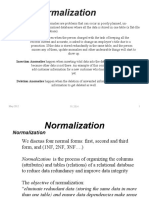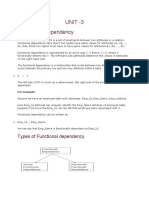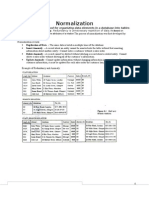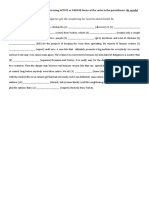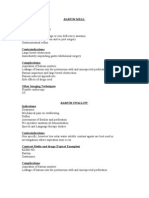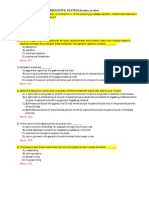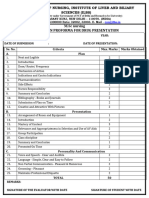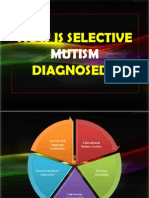0% found this document useful (0 votes)
169 views39 pagesDatabase Normalization Guide
The document discusses database normalization including the concepts of functional dependencies, normal forms such as 1NF, 2NF, 3NF and BCNF, and how to decompose relations to higher normal forms to reduce data redundancy and anomalies. Examples are provided to illustrate key normalization concepts and how to identify functional dependencies and normalize relations.
Uploaded by
Quick GroupCopyright
© © All Rights Reserved
We take content rights seriously. If you suspect this is your content, claim it here.
Available Formats
Download as PPTX, PDF, TXT or read online on Scribd
0% found this document useful (0 votes)
169 views39 pagesDatabase Normalization Guide
The document discusses database normalization including the concepts of functional dependencies, normal forms such as 1NF, 2NF, 3NF and BCNF, and how to decompose relations to higher normal forms to reduce data redundancy and anomalies. Examples are provided to illustrate key normalization concepts and how to identify functional dependencies and normalize relations.
Uploaded by
Quick GroupCopyright
© © All Rights Reserved
We take content rights seriously. If you suspect this is your content, claim it here.
Available Formats
Download as PPTX, PDF, TXT or read online on Scribd
/ 39

























